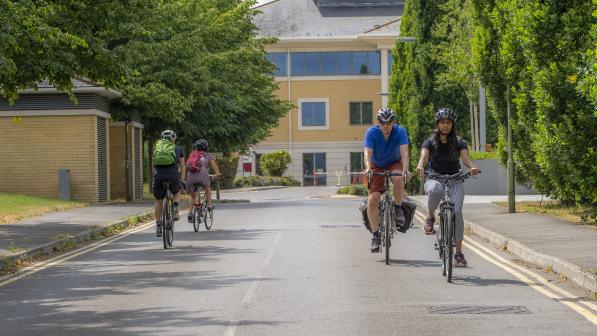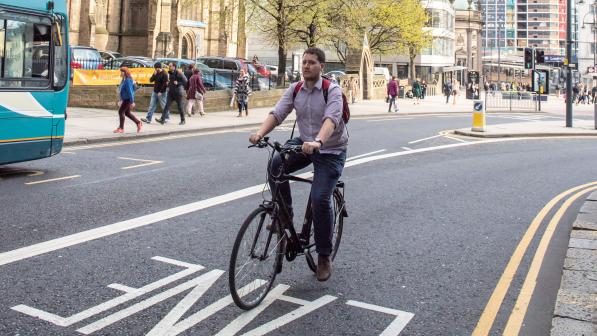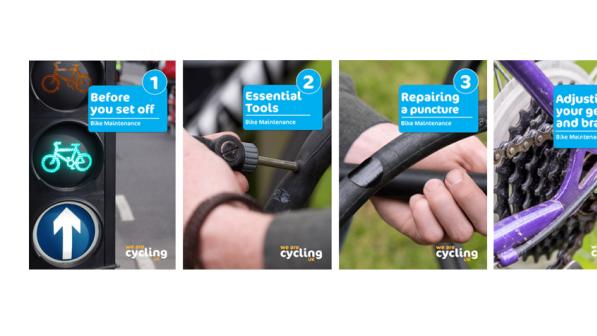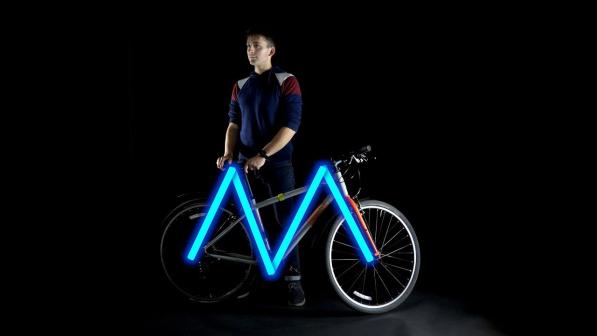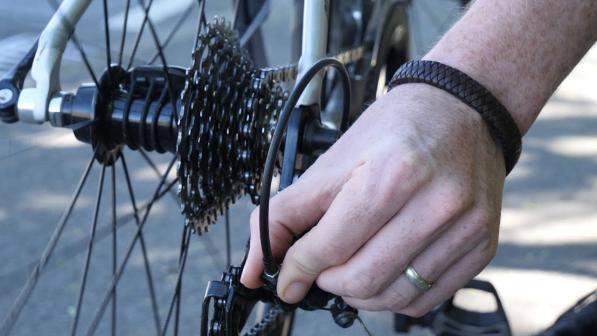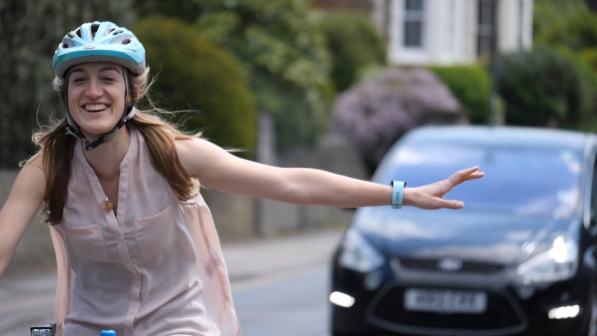Video guide: Road positioning and tackling junctions
Why every cyclist whatever their level should learn road positioning
Never hug the kerb. That’s rule one of road positioning on a bicycle.
Less assertive cyclists worry that being further out may put them in the way of the traffic. It won’t: you are the traffic. Being in the traffic stream helps you to be treated like traffic.
Reducing risk
Riding in or near the gutter increases the chances of drivers buzzing past you with inches to spare. You’ll have to contend with drains, cambered surfaces, and debris like broken glass that has been ‘swept’ to the edge of the road by passing cars.
And you’re less likely to be seen at all by drivers. The commonest type of car-cyclist collision is the “Sorry, mate, I didn’t see you” variety.
You must register in a driver’s field of vision. You’ll do that best by cycling where they are looking. Drivers look where their vehicle will be in the next few seconds: directly ahead. They pay less attention to people and objects in their peripheral vision.
Drivers are obliged by the Highway Code (Rule 163) to give you “at least as much space as a car” when overtaking. Let that sink in: at least as much room as a car. That means that they should pull out, cross the central, dashed white line, and pull in again when they are safely past.
By riding further out from the edge of the road, you force overtaking traffic to move further out. It can’t stay in the same lane and pass within inches.
How far from the edge?
Normally you’ll be a metre out or more.
The key factor is not so much the edge of the road as the location of the traffic stream on that road; that is, where cars are actually driving in that traffic lane.
Unless you’re turning right, for example, there are two cycling positions to choose from, relative to the traffic stream.
One is the centre of the traffic stream – that is, the centre of the lane, rather than the centre of the road. You’ll sometimes hear this called ‘the primary position’, but it’s easier to think of it as ‘taking the lane’.
The other position is about a metre to the left of the traffic stream, so long as that doesn’t bring you too close to the kerb. Sometimes called ‘the secondary position’, you can think of it simply as ‘not taking the lane’.
Dealing with junctions
Did you know more than 70% of collisions involving a bike happen at, or near, a junction?
That’s why we've produced a video guide to take you through the most common types of junction and how to negotiate them safely.

You should position yourself at least an arm’s length away from the kerb – although when cycling past parked cars keep an arm’s length away from the vehicles in case a car unexpectedly opens in your path.
And when approaching an obstruction or narrowing in the road, take a more central position and always check over your right shoulder before moving to check it is safe to do so.

What this video covers:
- Passing simple junctions
- Turning right from a major to a minor road
- Turning left from a major to a minor road
- Turning left from a minor to a major road
- Turning right from a major to a minor road

This video has been produced as a series of five instructional guides covering road positioning and bike maintenance. We've also put together five written guides, designed to be downloaded on your phone for reference, covering the M-check, puncture repair, brake and gear adjustments, the essential tools you need and repairing a broken chain.
The updated Highway Code
Since we created this film in 2021, the Highway Code has also been updated and two new rules, H2 and H3, have been added to help clarify that whoever is going straight ahead at a junction has right of way, unless signals or road markings indicate otherwise. That means that if you're cycling and turning into or out of a junction, you should give way to a pedestrian crossing the road and continuing straight ahead. Equally, drivers should give way to you if you are cycling straight ahead and they are turning. We have a short film which explains the key changes ot the Highway Code and what they mean for road users.


